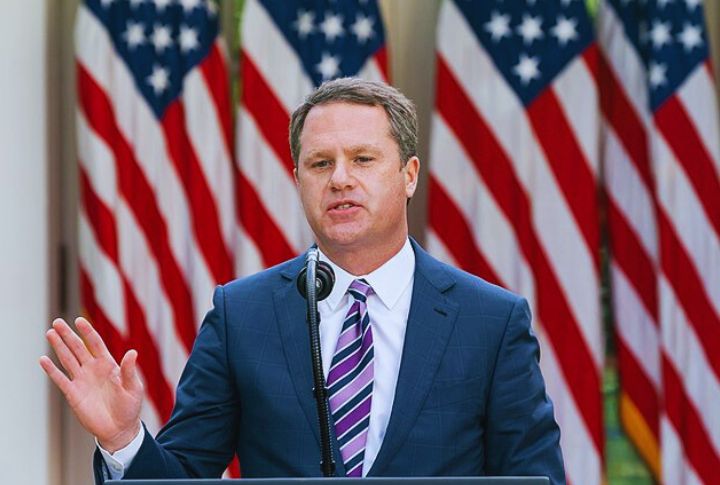
The echo of checkout scanners, the soft buzz of fluorescent lights, and the endless rows of blue-vested associates—few places feel more American than a Walmart. Yet behind the familiar hum of cart wheels, something huge is shifting. After more than a decade at the helm, Doug McMillon is stepping down as CEO, handing the job to longtime Walmart insider John Furner. For millions who rely on the retailer’s low prices and growing online presence, this transition marks the start of a new chapter worth watching closely.
From Stockroom To Boardroom
Doug McMillon’s Walmart story reads like a corporate legend. He joined the company in 1984, unloading trailers for $6.50 an hour before climbing, aisle by aisle, to the top job in 2014. His tenure turned the once-traditional retailer into a digital powerhouse. Walmart now moves billions through online grocery orders, curbside pickups, and even drone delivery tests. Those warehouse robots and sleek pickup lockers that quietly reshaped your shopping experience? They’re part of McMillon’s legacy—a mix of Silicon Valley ambition and small-town retail grit.
But the next act belongs to John Furner. Having started as a store associate in 1993, Furner’s rise mirrors McMillon’s. That’s not a coincidence. It signals the company’s ongoing commitment to promoting from within—keeping the company’s DNA rooted in everyday experience. Furner’s leadership of Walmart U.S. proved he could balance soaring sales with employee morale, and now he’ll steer the global giant through an economy that’s far less predictable than it was when McMillon took over.
A Smooth Handoff In An Uneasy Market
McMillon isn’t vanishing overnight. He’ll remain on Walmart’s board until mid-2026 and advise Furner through fiscal 2027. It’s a safety net designed to keep shareholders calm and the transition steady. That matters because, while Walmart’s shares have climbed more than 300% during McMillon’s era, new headwinds are already blowing. Inflation still squeezes shoppers, tariffs continue to pinch import costs, and competitors like Amazon and Dollar General aren’t slowing down.
Still, Furner takes over a company that’s stronger than most realize. McMillon expanded Walmart+ and poured resources into improving logistics while testing new technologies that changed how people shop. Those choices left the retailer stronger and more adaptable. Now, Furner’s real challenge is keeping growth steady without losing customers who count on dependable prices for everyday essentials.
The Road Ahead
So, what’s next? Expect Walmart to double down on convenience. Think faster delivery, expanded pharmacy and healthcare offerings, and an even tighter online-to-store link. Furner’s track record suggests he’ll focus heavily on employees too—boosting training programs and workplace culture at a time when staffing remains a national headache. If McMillon’s decade was about modernization, Furner’s will likely be about refinement: polishing the machine that’s already built.
The noise of those carts won’t fade anytime soon, but behind the scenes, a quiet shift is underway—one that will decide how your neighborhood supercenter looks and serves in the coming years. So the next time you scan a self-checkout or pull up for pickup, remember: a new captain is steering the world’s largest retailer, and the next few aisles of Walmart’s story are just being stocked.
